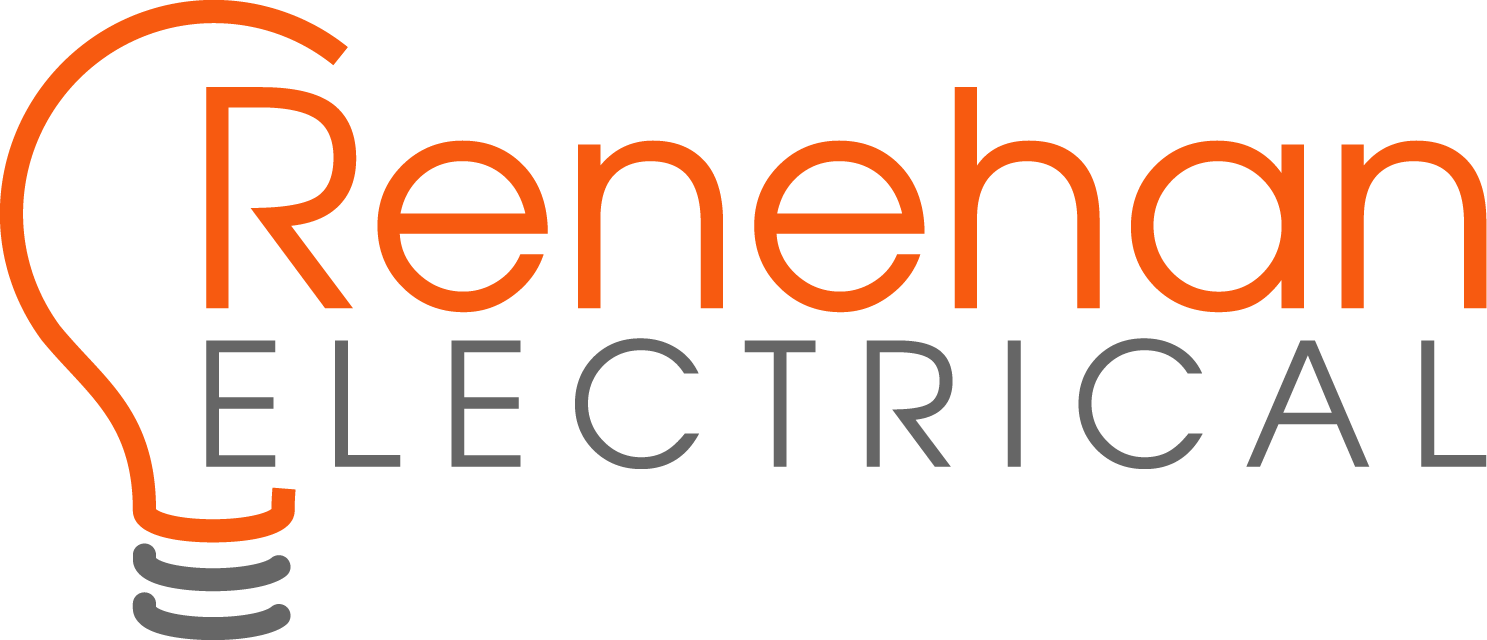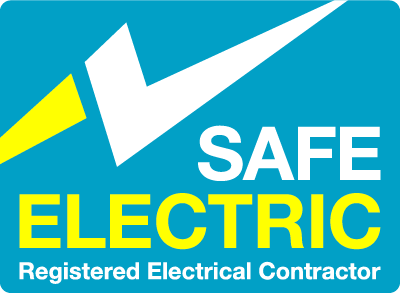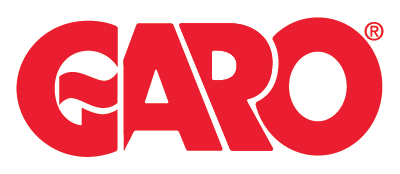Electric Vehicle Chargers
At Renehan Electrical, we can install an electric vehicle charging point at your home or business. We can install the following brands of Electric Vehicle Charging Points:
Renehan Electrical are Safe Electric & SEAI approved installers or Electric Vehicle Charging Points.
What Charger Suits You?
Every customers situation is different depending on the make and model of EV, type of house, EV usage and even electric supplier rates. That’s why here at Renehan Electrical we can advise you on what charger suits you and give you and show features that fits your needs. Click get started to find out what charging features are available for your EV.
Get a grant of €600 after your charger has been installed and certified.
Call 087 287 3686 or Email us for your free survey now
Safer. Smarter. Faster
- Call us today to get expert advice on which charger suits your needs
- Expert install teams with years of EV experience
- Intelligent charging software
- Future proof solutions
- 3 year warranty on all chargers
Types of Electric Vehicle Charging Point
There are 3 main types of EV Charging Point: Rapid, Fast and Slow.
Rapid or Super Chargers are mainly found at Motorway Services and other public locations where super fast charging is necessary during a journey. A typical example is Telsa Super Chargers which can charge the vehicle up to 80% in just 20 minutes.
Fast Chargers are the standard for home charging and workplace charging, they can be installed at homes, businesses and other public locations to enable users to charge their vehicles within a only few hours, depending on the vehicle and rating of the charging point. The most common fast charger we install is rated at 7kW which will charge most vehicles from 0-100% within 6-8 hours.
Slow chargers (or trickle chargers) are generally only for emergency charging and can take 12 hours or more to charge the vehicle, they tend to be designed to charge form a normal 13A plug socket and are often not designed to be used day in and day out as it can cause overload to the sockets in your house.
What Different EV Charging Plugs/Connectors are Available?
There are two main types of plug that are commonly used: Type 1 & Type 2
Type 2 plugs are the most commonly used and we believe the best option, but the type of plug you use depends which vehicle you have.
Both types of plug can charge up to 32 amps but the type 2 plug also allows for 3 phase charging if your installation has this option. This enables faster charging in some situations.
Q1: Socket or Tethered
From a Physical perspective there are two main forms EV Chargers come in. These are Socket only or Tethered. Socket Only means that the car owner needs to use their own cable to plug in at the car side and the charger side. Tethered means that the charger comes with a cable permanently attached and the car owner only needs to plug into the car side.
Q2: Is power an issue?
Does the property need load management on the unit to protect against damaging the (63Amp) fuse in the house. We have the solution.
Q3: Does the owner want App control or access to charging information?
If the answer is Yes then we have three options. the EVBox Elvi, EO mini pro, and WallBox Pulsar+ come with an APP and the MyEnergi Zappi is APP compliant once the HUB is added to the install. The Apps will generally give some or all of the following information:
- Feedback on the power going into the car
- Ability to schedule charging sessions for specific times of the day or night
- Access to historical data on charging sessions to be used for expenses etc*
- Ability to remotely access the unit for software updates and troubleshooting
- Add on features such as payment processing etc.
*features are dependant on each unit so if a particular feature is needed please ask and we will advise.
Q4: Do you have more than one Electric Vehicle on the same property?
If so then you will need to manage the power across two or more EV Chargers. As you can only Load Balance one unit on a single phase supply you will need to setup master charger with additional safety features. We are more than happy to assist with this installation.
Q5: Does the owner wish to use Solar PV to send charge to the car?
If the answer is Yes then we recommend the Zappi. The Zappi only needs the CT clamp that comes with the unit to enable this and once Eco or Eco + charging is set, the CT clamp will see any excess power and divert towards the car. This units also gives a full overview of energy usage in the home if the myenergi hub is also installed.





















